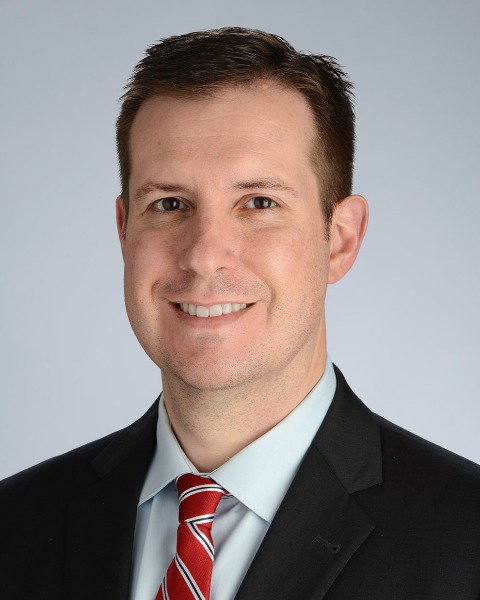Back
Main Conference
Clinical Paramedicine
Immersive Cooling In The Field....Surprising Lessons Learned And A How To Guide For An Emerging Best Practice In EMS
Thursday, October 13, 2022
4:15 PM – 5:15 PM EDT
Location: 331A

Ryan C. Jacobsen, MD, FAAEM, FACEP, FAEMS
Associate Professor of Emergency Medicine/EMS System Medical Director
University of Kansas School of Medicine/Johnson County Kansas EMS System
Olathe, Kansas
Speaker(s)
Description: For a number of years it has been the gold-standard and best practice to "Cool First.....Transport Second" for exertional heat stroke and athletic sideline medicine. However, a number of recent studies show very poor penetration and adoption of this practice of on-scene immersive cooling. It is both logistically and culturally challenging to adopt this in the field environment. However, we report the first 5 cases in the literature of a 911 system adopting immersive cooling using body bags and fire hydrants along with real-time core rectal temperature monitoring for PASSIVE (non-exertional or classic) heat stroke. We have detailed timelines, on-scene pictures, logistics and operational lessons and outcomes for this rare emergency that requires tremendous planning and coordination. This is an emerging concept and is cutting edge as we report the first 5 cases of elderly, passive heat stroke victims who were treated on-scene with immersion and real-time, core temp monitoring. This talk will include practical tips and lessons learned on how to implement this practice in any number of austere environments in the 911 community and how one EMS system overcame those hurdles to offer the emerging standard of care for out-of-hospital heat stroke (passive AND exertional).
Learning Objectives:
- Describe the signs and symptoms of heat emergencies in the out-of-hospital environment and demonstrate the scientifically valid methods for confirming the diagnosis in EMS.
- Describe the most effective cooling techniques for out-of-hospital heat illness and methods to monitor their effectiveness in the field.
- Implement an on-scene, cold-water immersion protocol and program in their home EMS systems
- Understand the common logistical, operational and financial barriers to implementation of EMS on-scene immersion therapy for heat illness and ways to overcome.
